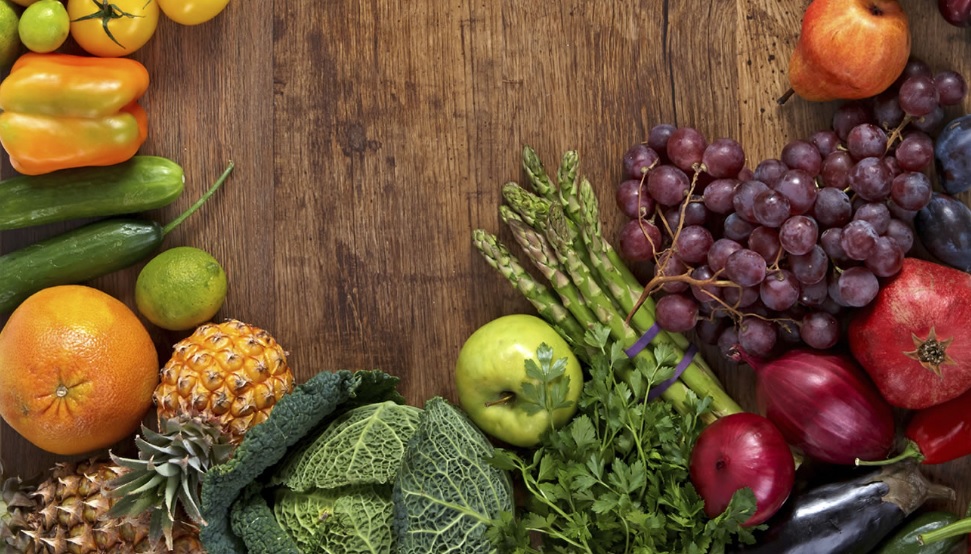The Pritikin Diet, developed by Nathan Pritikin, is a comprehensive dietary program designed to improve heart health, promote weight loss, and enhance overall well-being. It emphasizes a low-fat, high-fiber eating plan that focuses on whole, unprocessed foods. In this article, we will explore the principles, benefits, and key features of the Pritikin Diet.
Principles of the Pritikin Diet:
The Pritikin Diet is based on several principles:
- Low-fat, high-fiber foods: The diet encourages the consumption of foods that are naturally low in fat and high in fiber. This includes fruits, vegetables, whole grains, legumes, and lean proteins like fish, poultry, and plant-based sources. It aims to limit the intake of saturated fats, cholesterol, and sodium.
- Emphasis on whole, unprocessed foods: The Diet focuses on consuming whole, unprocessed foods that are nutrient-dense and minimally refined. It promotes the avoidance of processed foods, refined sugars, and artificial additives.
- Caloric density: The diet emphasizes consuming foods with low caloric density, meaning they have fewer calories per gram. This allows for satisfying portions while maintaining a calorie deficit for weight loss or weight maintenance.
- Regular physical activity: The Diet encourages regular physical activity as an integral part of a healthy lifestyle. It promotes a combination of aerobic exercise, strength training, and flexibility exercises to support cardiovascular health, weight management, and overall fitness.
Benefits of the Pritikin Diet:
The Pritikin Diet offers several potential benefits:
- Heart health: The low-fat, high-fiber nature of the diet can help lower cholesterol levels, reduce blood pressure, and improve overall cardiovascular health. It focuses on consuming foods that may reduce the risk of heart disease and stroke.
- Weight management: The Pritikin Diet promotes weight loss or weight maintenance through its emphasis on low-calorie, nutrient-dense foods. The high-fiber content helps promote satiety, making it easier to adhere to a calorie-controlled eating plan.
- Blood sugar control: The diet’s focus on whole, unprocessed foods, including complex carbohydrates, fiber, and lean proteins, can support stable blood sugar levels and may be beneficial for individuals with diabetes or those at risk of developing it.
- Enhanced overall well-being: By adopting a balanced eating plan and incorporating regular physical activity, the Diet can contribute to improved mood, increased energy levels, and overall well-being.
Key Features of the Pritikin Diet:
Here are some key features of the Pritikin Diet:
- Plant-based emphasis: The diet encourages the consumption of fruits, vegetables, whole grains, legumes, and other plant-based foods. Animal proteins, if included, should be lean sources like fish or poultry.
- Low-fat approach: The Pritikin Diet emphasizes reducing dietary fat intake, particularly saturated and trans fats. It promotes the use of healthy fats from sources like nuts, seeds, and avocados in moderation.
- High-fiber foods: The diet encourages the consumption of fiber-rich foods like fruits, vegetables, whole grains, and legumes. These foods provide essential nutrients, promote satiety, and support digestive health.
- Caloric density awareness: The Pritikin Diet educates individuals about the caloric density of foods, helping them make informed choices to achieve and maintain a healthy weight.
The Pritikin Diet is a comprehensive dietary program that emphasizes a low-fat, high-fiber eating plan based on whole, unprocessed foods. By focusing on plant-based foods, limiting saturated fats, and promoting regular physical activity, it aims to improve heart health, manage weight, and enhance overall well-being. As with any diet or lifestyle change, it’s important to consult with a healthcare professional before making significant modifications to your eating plan, especially if you have any underlying health conditions. Remember, it also promotes a balanced approach to nutrition and physical activity for optimal heart health and overall wellness.
